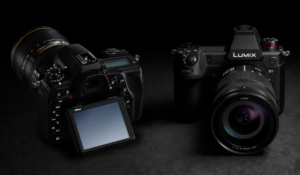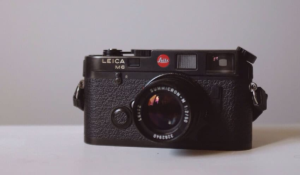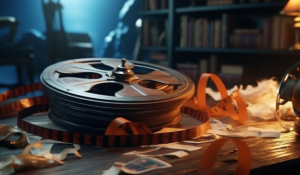Light Pollution Filters: A Photographer’s Guide

Understanding Light Pollution
The light pollution caused by excessive artificial lighting is a serious problem for both environmental ecologies and astronomical observations. The increased use of artificial light and urban expansion have impacted the clarity of the night skies, reducing visibility of celestial objects and stars.
Light Pollution Filters
Light pollution filters are specialized optical devices that have been designed to mitigate the negative effects of light on nighttime photography. These filters are designed for selectively blocking specific wavelengths associated with artificial light, thus enhancing contrast and quality of images in low-light photography and astrophotography.
Design and Composition
Filters for light pollution are usually made from tinted glasses, which can be didymium or have a subtle green or purple hue. These filters are designed to target certain wavelengths that are prevalent in light pollution. For example, the orange and red colors emitted from sodium vapor lamps or other artificial light sources.
Light Pollution Filters
Light pollution filters reduce artificial light glow by blocking only yellow and orange wavelengths. Photographers can capture celestial wonders in greater clarity and with more detail. These filters allow the separation of wavelengths that are desired, which results in more clear and captivating images of night skies.
Considerations and side effects
Light pollution filters are a great way to reduce light pollution, but they can also slightly reduce the light transmission. This may require adjustments to settings like shutter speed and ISO. Low-quality filters can introduce color tints or artifacts.
Urban Low-Light Photography
By selectively filtering unwanted artificial light, photographers can capture captivating nighttime scenes within urban environments. These filters enhance contrast and reduce light pollution to produce clearer, more compelling images of urban landscapes and cityscapes in low-light conditions.
Daytime Applications
Light pollution filters are not only useful for astrophotography but can also be used to enhance contrast and saturation when taking photos during the day, especially sunsets. These filters create vibrant, striking images by blocking certain wavelengths.
The conclusion of the article is:
Light pollution filters are an invaluable tool for combating nighttime photography’s adverse effects caused by light pollution. These filters are a must-have accessory for photographers who want to capture detailed and clear images of the night skies in urban areas or areas with light pollution. By understanding the functionality and applications of filters, photographers can take their low-light and astrophotography to new heights.



